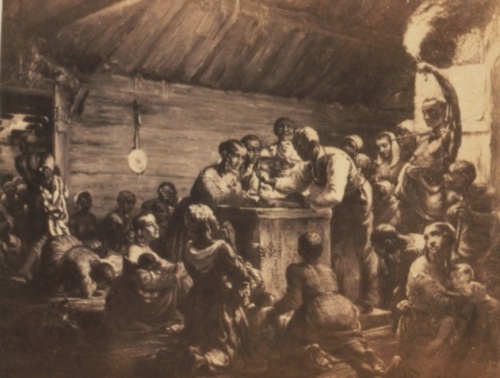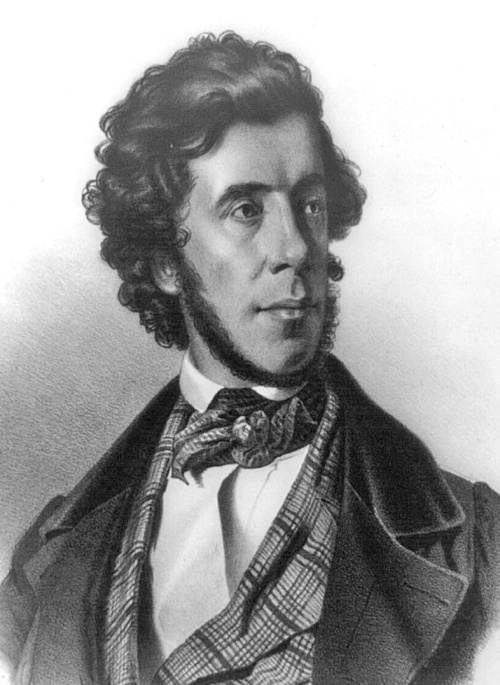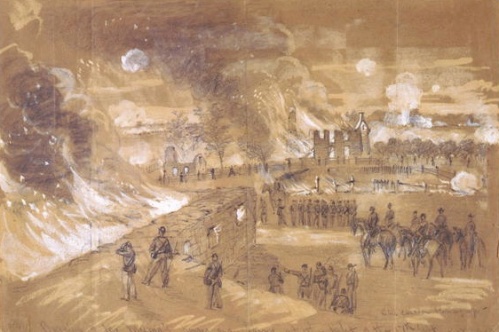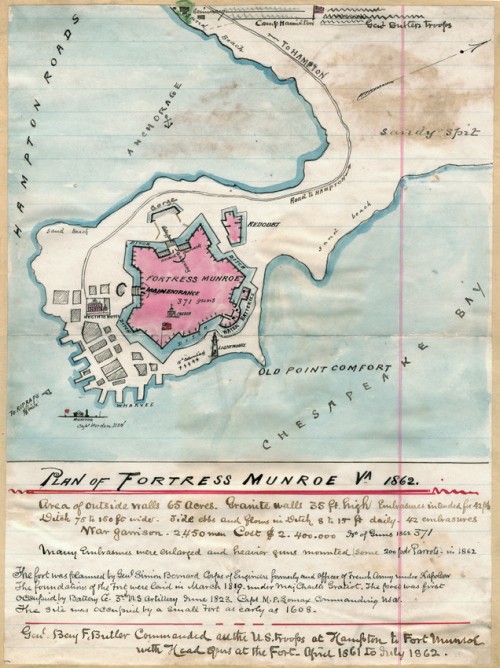Recently, I concentrated on blogging about Key Persons, Key Events, Key Artifacts and Key Places in the life of my great-grandfather, Archibald Van Orden, during his service in the Union Army at the time of the Civil War. All of these posts reflect my research as I write the novel inspired by his exploits.
Now I turn back to societal context which spawned war itself, to set the stage.
Boiling it down, my studies lead me to conclude there were two irreconcilable positions held in the United States in 1860 (and all the years prior to that time).
The right to liberty collided with the right to property.

It is nearly impossible for us today to conceive, or accept, that slaves were not only considered inferior, they were the personal property of their slave holders.
Alexander Stevens, who became Vice President of the Confederate States of America, boldly spoke a noxious belief in the right to property at its extreme: “the negro is not equal to the white man; slavery subordination to the superior race is his natural and normal condition. This, our new government, is the first, in the history of the world, based upon this great physical, philosophical, and moral truth.” [I must add that I abhor and reject everything within his statement.]
On their right of personal property, the southern states would not budge an inch.
Against this stand stood the newly ascendant Republican Party in northern states, determined to restrict, diminish, and eventually destroy slavery in our nation. They believed in the self-evident and unalienable right to liberty, as written in the Declaration of Independence, in which “all men are created equal.”
By 1861, the right to liberty became the unstoppable force believed in the North, while the right to property remained the unmovable object believed in the South.
No compromise was possible. The clash was inevitable, cataclysmic, and deadly.

John Brown, an abolitionist executed for leading an insurrection to free slaves in 1859, expressed this certainty using these immortal words :
“I, John Brown, am now quite certain that the crimes of this guilty land can never be purged away but with blood.”
—John Brown’s last words, written on a note
handed to a guard just before his hanging






















